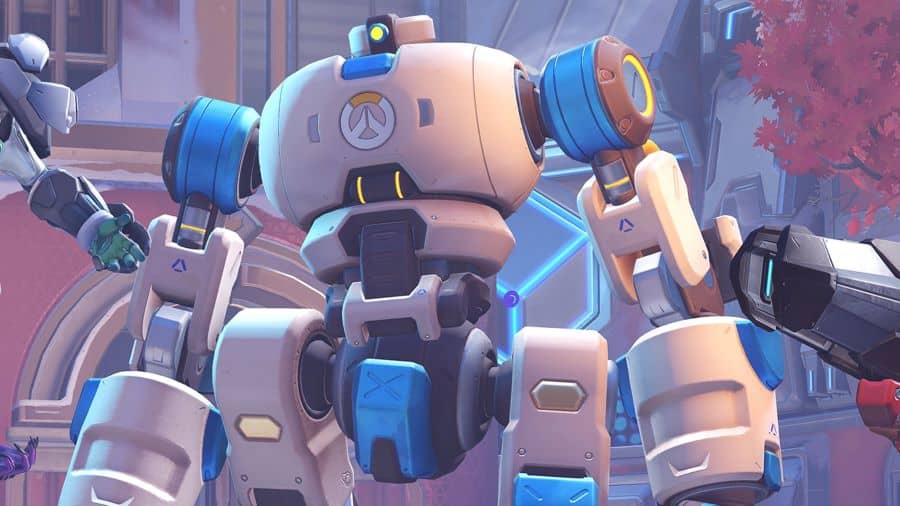Video Gamer is reader-supported. When you buy through links on our site, we may earn an affiliate commission. Prices subject to change. Learn more
Push is the new game type in Overwatch 2, bringing some much-needed variety to the hero shooter sequel. Push is an interesting variation on payload-escorting missions like Escort and Hybrid, involving giant robots and a back-and-forth tempo.
We’ll walk you through how the Push game mode works with our Overwatch 2 guide.
READ MORE: Overwatch 2 Release Time
Overwatch 2 – Push Mode

When a Push match begins, both teams will spawn on opposite sides of the map. Their immediate goal will be to reach the map’s center, where a giant robot will become active after thirty seconds. When a team is in proximity to the robot, without being contested by the opposing team, the robot will begin to move towards the opposing team’s spawn point.
After a short distance, the robot will begin to push a large barricade towards the spawn. If the robot is interrupted and the other team gains control, they will be able to move it in the opposite direction, towards their own barricade.
While control of the robot may flip back and forth over the course of a Push match in Overwatch 2, progress made in pushing a barricade cannot be reversed. A team will win once their barricade reaches the enemy spawn, or the team whose barricade has progressed furthest will win if time runs out.
As opposed to the attackers and defenders split in Escort matches, Push allows for dynamic, aggressive play from both sides, with many matches coming down to the wire as the robot’s allegiance swings back and forth.
Push – Tips And Tricks

- While aggressive, mobile strategies are entirely valid in Push, it is still worth keeping roughly half of your team around the robot at most times. Just like with payloads, hunting down the enemy team can backfire if the robot is left unguarded.
- Many Push maps can encourage close-range skirmishes, so while guarding the robot is highly encouraged, if your team is always bunched up, they could be easy pickings for an ambush.

